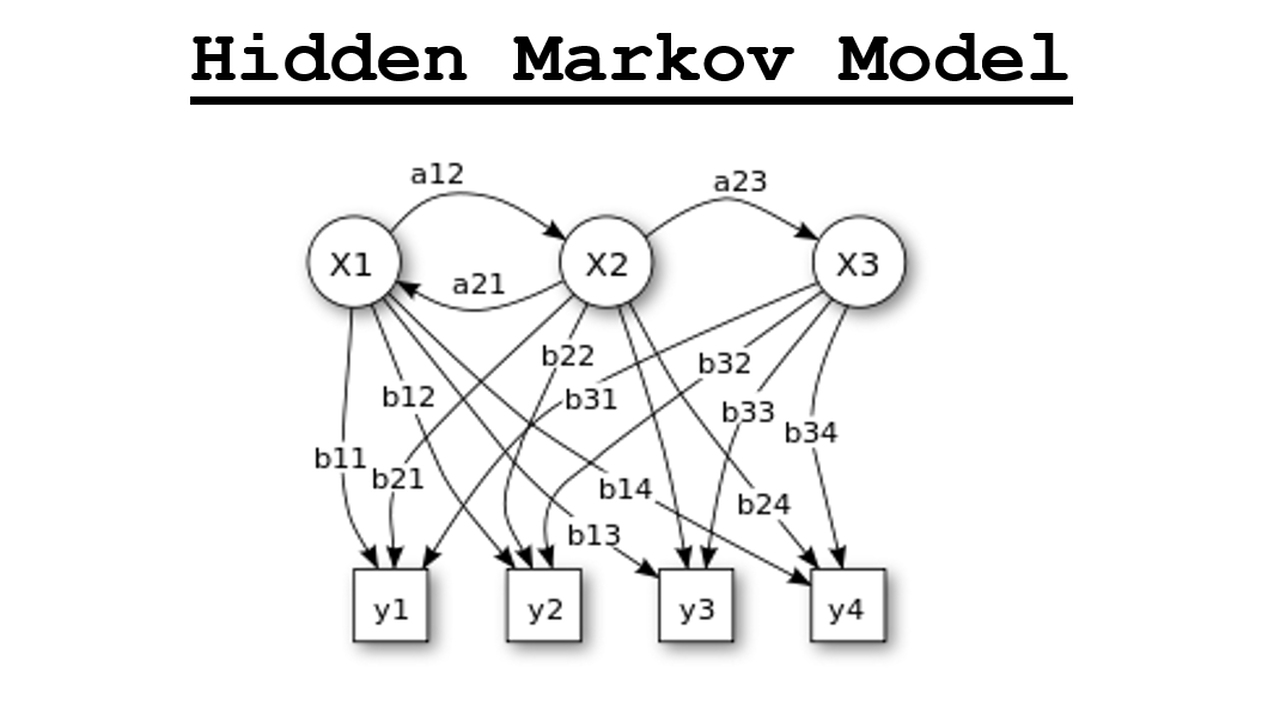Rust Programming Language: The Challenger to C++ and its Industry Applications
Introduction
Rust, a new systems programming language, has made waves in the software development world. Its emphasis on safety, performance, and parallelism has sparked debate over its potential to supplant C++. In this blog article, we'll go through the fundamentals of Rust and look at some of its applications in the industry.
Fig 1: Rust Programming Language
1. Safety and Performance:
Rust's primary purpose is to ensure memory safety and to eliminate common programming problems like null pointer dereferences and data races. Memory safety is ensured without sacrificing efficiency thanks to its ownership system, borrow checker, and rigorous compile-time guarantees. Rust's zero-cost abstractions and control over low-level details make it extremely efficient, rivalling C++ in terms of performance.
Fig 2: Safety and Performance
2. Memory Safety without Garbage Collection:
Rust, unlike many other modern programming languages, achieves memory safety without the use of garbage collection. Rust ensures that memory allocations are managed efficiently and deallocated when they are no longer required by utilizing its ownership system and borrow checker. Rust is thus an excellent solution for resource-constrained contexts and system development jobs.
Fig 3: Memory Safety
3. Concurrency and Parallelism:
The design of Rust embraces concurrency and parallelism. It supports lightweight threads known as "async" that can operate concurrently and interact via channels. This architecture enables developers to design concurrent code that is both secure and efficient, avoiding the problems of data races and deadlocks. Rust's distinct ownership structure means that shared data can be accessed safely from many threads.
Fig 4: Concurrency and Parallelism
4. Industrial Applications:
Rust's popularity is expanding in a variety of fields, including but not limited to:
System Programming
Rust's memory safety, efficiency, and low-level control make it a good choice for system development jobs. It's utilized in the creation of operating systems, network protocols, embedded systems, and device drivers.
Web Development
Rust web frameworks such as Rocket and Actix provide for safe and high-performance web development. Rust's memory safety and concurrency characteristics make it ideal for developing large web apps that handle requests and data efficiently.
Blockchain and Cryptocurrency
The blockchain sector appreciates Rust for its security and performance. Rust has been used by projects such as Parity Ethereum and Libra (now Diem) to construct essential components of their platforms.
Fig 5: Industrial Applications
5. Rust vs C++
While Rust is promising, it is unlikely to completely replace C++. C++ has a large ecosystem, legacy codebases, and established libraries that make replacement difficult. However, Rust's security assurances and current features have led to its steady adoption in projects requiring security, performance, and maintainability.
Fig 6: Rust vs C++
Conclusion
Frequently Asked Questions concerning Automated Machine Learning
1. What is Rust?
- Rust is a modern systems programming language noted for its memory safety, concurrency, and speed.
2. What are the key features of Rust?
- Memory safety without garbage collection, an ownership system, strong static typing, concurrent support, and low-level control are among the key characteristics.
3. How does Rust ensure memory safety?
- Rust's ownership system and borrow checker assure memory safety, preventing issues such as dangling pointers and data races.
4. Is Rust faster than C++?
- Rust strives towards performance equivalent to C++, frequently attaining comparable or higher efficiency through zero-cost abstractions and low-level control.
5. Where is Rust used in industries?
- Projects that prioritize safety, performance, and maintainability.
6. How can I get started learning Rust?
- Official documentation, tutorials, video courses, community forums, and coding exercises are all available to help you learn Rust.
7. Can Rust take the role of C++?
- Rust is unlikely to completely replace C++, although it is being used in projects that prioritize safety, performance, and maintainability.
References
About The Author
If you want to discover more about me and my experience, please visit click on the below link to go to About Me section. More information about my history, interests, and the aim of my site may be found there.
I'm happy to share more useful stuff with you in the future, so stay tuned! Please do not hesitate to contact me if you have any queries or would like to connect.
Thank you for your continued support and for being a part of this incredible blogging community!"




.png)
.png)








